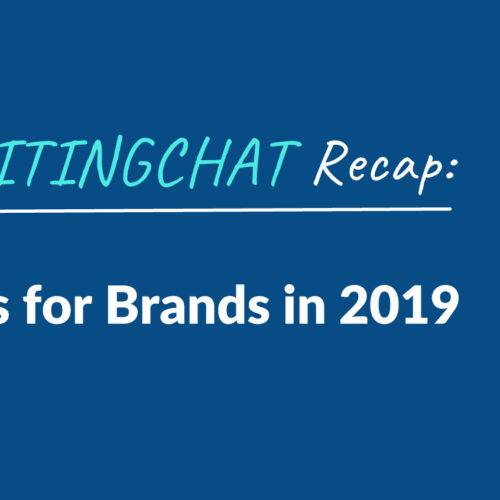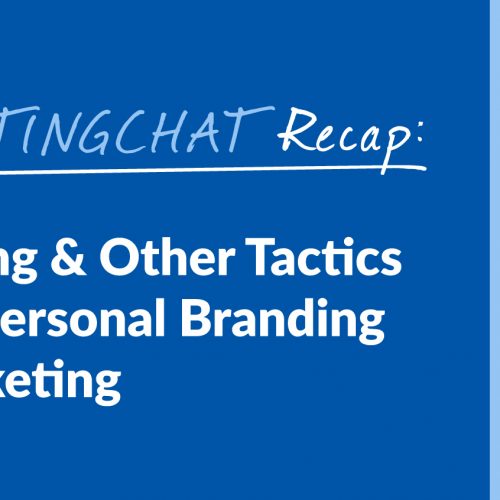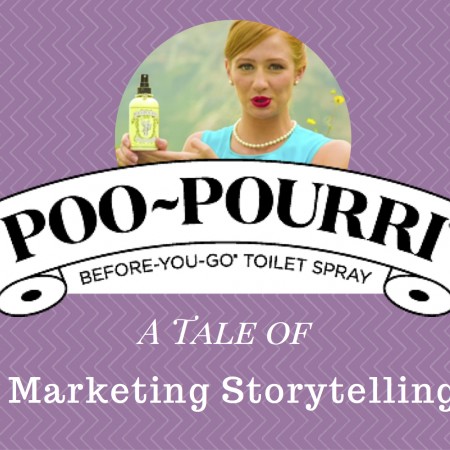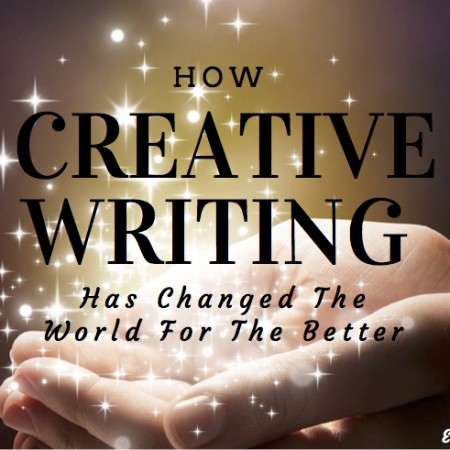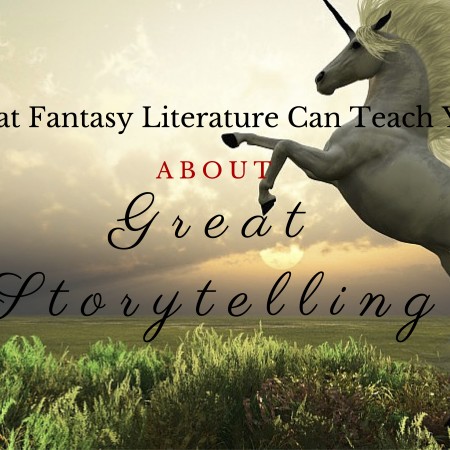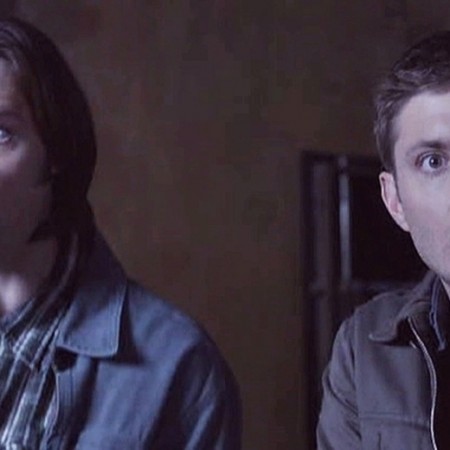#ContentWritingChat Recap: Storytelling Tips for Brands in 2019 with Carla Johnson
“Storytelling” is quite the buzzword these days when it comes to brands and creators… But what do you really know about it? Are you well versed in the art of storytelling? Or could you use some tips to enhance your skills? If you’re ready to weave powerful storytelling into your brand’s strategy, dive into this recap of #ContentWritingChat for some amazing tips! #ContentWritingChat Recap: Storytelling Tips for Brands in 2019 with Carla Johnson Welcome to #ContentWritingChat! Today, we’re talking all about storytelling with keynote speaker and author, @CarlaJohnson! Make sure you give her a warm welcome. pic.twitter.com/l4LTLDOfua — Express Writers (@ExpWriters) March 5, 2019 Our guest host for this month’s chat was Carla Johnson. Carla is a world-renowned keynote speaker and an author. She knows a thing or two about storytelling and had some great advice to share with us during the chat. Q1: What is storytelling and why is it so important for brands today? To kick things off, we asked everyone to share their thoughts on what storytelling is why it’s so important. Here’s what a few of them had to say: A1. Storytelling is an interactive art that uses words and pictures to convey messages that we want people to remember and affect how they remember us. #ContentWritingChat — Carla Johnson – Keynote Speaker (@CarlaJohnson) March 5, 2019 A1. Stories pick you up at one place and leave you at another. They take you someplace that you haven’t gone before and leave an emotional impact on you – joy, fear, hope, etc. #ContentWritingChat — Carla Johnson – Keynote Speaker (@CarlaJohnson) March 5, 2019 Carla said that storytelling is an interactive art that uses words and pictures to convey messages. We use this to help people remember our brands. She went on to say that stories will take you to a completely different place afterwards because of the emotional impact they can have on you. A1: Storytelling is the idea of ‘pulling back the curtain’ to show a different side to a known entity. It’s crucial for brands because it can 1. Make the brand a known entity and 2. Make their cause more memorable (leading to more brand awareness organically) #ContentWritingChat — Stefan Palios (@stefanpalios) March 5, 2019 Stefan feels storytelling is a must because it helps the brand to become known and also more memorable. A1. Storytelling is an integral part of connecting with people, developing relationships, and building community. As that process unfolds people start to trust you more and want to spend their money with you (if they need the product or service. #ContentWritingChat https://t.co/b44yoR1S6U — Gene Petrov – Leadership Coach #SMMW19 (@GenePetrovLMC) March 5, 2019 Storytelling helps you connect with people, develop relationships, and build community. As Gene said, people will start to build trust with you over time, which ultimately leads to them spending money with you. A1 Storytelling helps brands connect with their target audiences a more personal level. Connecting leads to converting. #ContentWritingChat — Bill Skowronski (@BillSkowronski) March 5, 2019 Bill said storytelling helps brands connect with their audience on a more personal level. Those connections can lead to conversions. A1: Storytelling goes beyond selling and gives a more personable, in-depth view of a brand and a message/value they believe in. Storytelling tends to be more interactive and really aids in building a brands trust within a community. #ContentWritingChat — Tamara (@itstamaragt) March 5, 2019 Storytelling gives an in-depth view of a brand and the message and values they believe in. A1: It’s the same as it is when we were kids. Storytelling helps words come to life so that we can see a clear picture in our minds. For brands, storytelling is the lifeline between their co. & their consumer! #ContentWritingChat — Maria Marchewka (@_MariaMarchewka) March 5, 2019 Think back to when you were a kid! As Maria pointed out, stories help the words come to life and create a clear picture in our minds. That’s going to stick with your customer for a long time. A1 How can brands use #storytelling? They can use it to share their purpose goals values message vision unique value in a way that humanizes them is engaging builds trust creates community builds leadership builds brand rep.#ContentWritingChat — Bentley University (@bentleyu) March 5, 2019 Brands can use storytelling to share their purpose, goals, values, message, vision, and unique value to the world. Not only that, stories will humanize a brand, encourage engagement, build trust and leaderships, and create community. Q2: Why are people so responsive to stories? And how can marketers use that to their advantage? But what exactly makes stories so effective? And how does a brand take advantage of this? Here’s some advice: A2 People respond to stories because it gives their brain a way to create context for information. Brands try to prove they are right with data but that is too overwhelming for people at the early stage of a relationship. #ContentWritingChat — Carla Johnson – Keynote Speaker (@CarlaJohnson) March 5, 2019 A2 Research shows when you start with facts, it puts people in judgement mode. Can they believe/trust you? Activates cortisol. Starting with a story relaxes them and builds trust – activates oxytocin. Storytelling is the feel-good drug of business! #ContentWritingChat — Carla Johnson – Keynote Speaker (@CarlaJohnson) March 5, 2019 Carla said people respond to stories because it gives their brain a way to create context for information. Data can often be overwhelming, while stories relaxes your audience and builds trust with them. A2. Our brains are wired to remember stories. We have a hard time remembering facts and figures. But a great story puts context behind why we might need something in our lives. That’s huge for the modern marketer. It cuts through the clutter of other messages #ContentWritingChat https://t.co/JY7FhmQo29 — Gene Petrov – Leadership Coach #SMMW19 (@GenePetrovLMC) March 5, 2019 Gene mentioned that we often have a hard time remembering facts and figures, but we’re wired to remember stories. The key here is to … Read more
